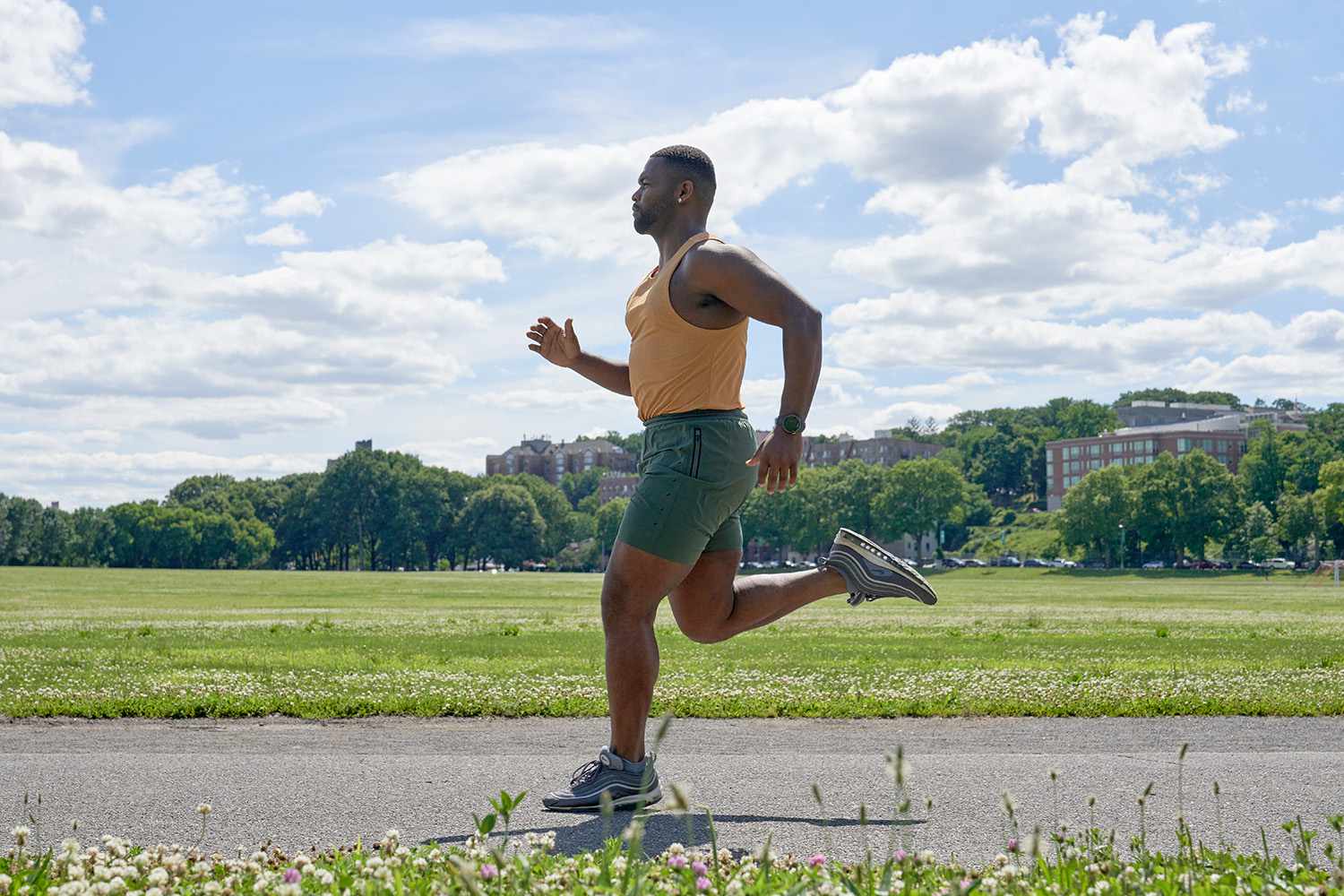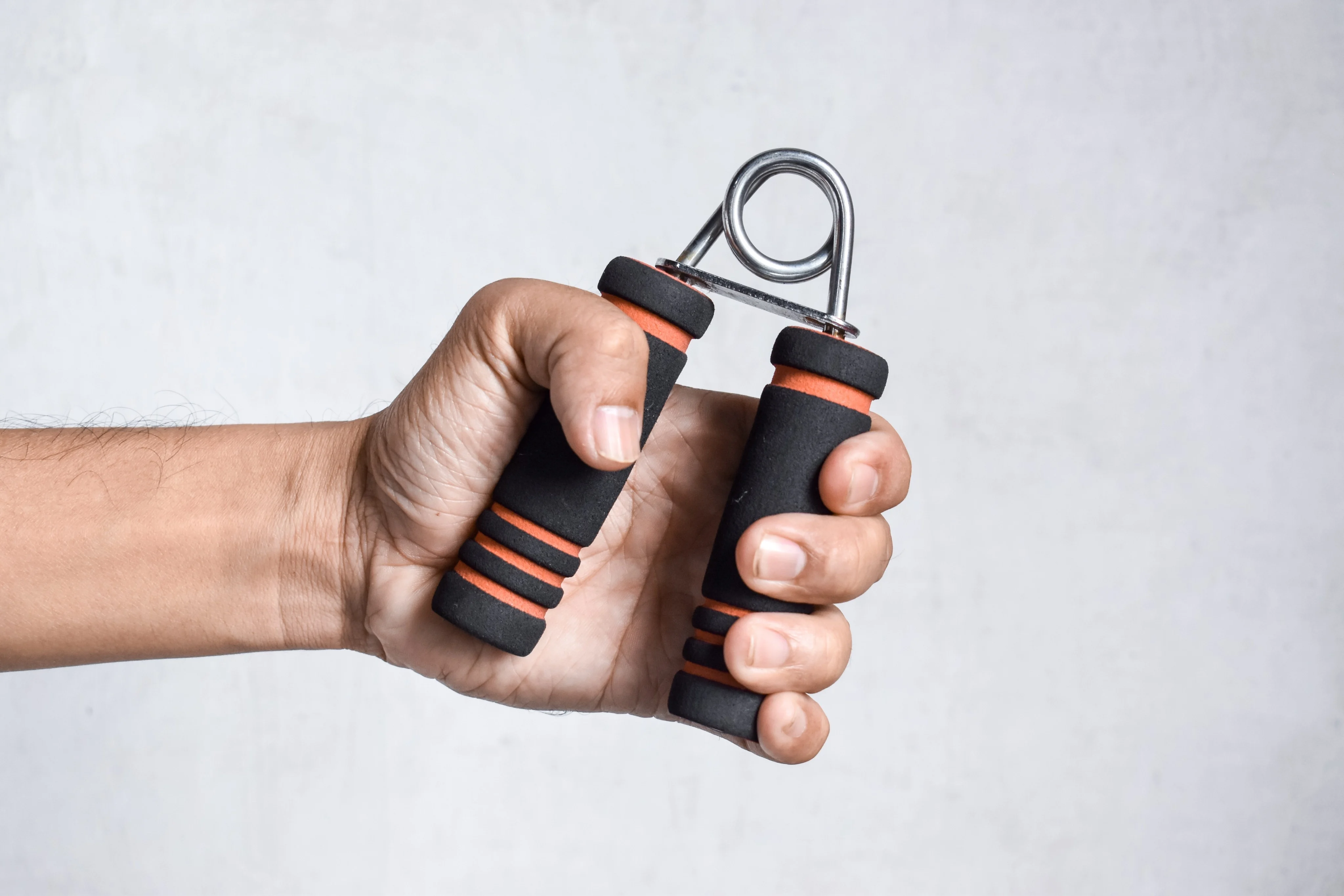
Build Stronger Bones with Sprint Training
Strong bones are the foundation of a resilient body. While many people focus on endurance activities for cardiovascular health, bones require a different kind of stimulus to grow denser and more fracture-resistant. Sprint training — short, high-intensity bursts of running — delivers exactly that.
When you sprint on grass, a track, or another springy surface, the rapid, forceful contact of your feet with the ground sends mechanical stress through your legs, hips, and spine. This high-impact loading wakes up bone-forming cells called osteoblasts, prompting them to lay down new mineral layers. Over time, this process strengthens the skeletal frame, particularly in weight-bearing regions.
This is not the same as jogging or steady-state cardio. While longer runs improve heart and lung capacity, they do not challenge bone structure to the same extent. Sprinting delivers short, intense impacts that stimulate adaptive growth, making it a powerful choice for maintaining bone health throughout life.
How Sprinting Stimulates Bone Growth
Bones are dynamic tissues that respond to the stresses placed upon them. When subjected to quick, forceful loads, they adapt by becoming denser and stronger — a principle known as Wolff’s law (Wolff 1892).
Bone-Building Signal
Each sprint footstrike acts like a mechanical alarm, sending pressure waves through the skeleton. This signal activates osteocytes (bone-sensing cells), which then direct osteoblasts to produce new bone tissue (Robling et al. 2006).
Higher Density Over Time
Repeated exposure to high-impact sprints causes the bone matrix to thicken, increasing bone mineral density (BMD). This adaptation is especially beneficial in areas prone to fractures, such as the femoral neck and lumbar spine.
Supportive Hormones
Short, powerful bouts of sprinting also stimulate the release of growth hormone and testosterone (Kraemer and Ratamess 2005), both of which contribute to bone remodeling and repair.
Why Sprinting Outperforms Steady-State Cardio for Bone Health

Steady, low-impact exercise improves endurance but lacks the mechanical intensity needed to trigger substantial bone adaptation. Activities like cycling or swimming, while excellent for cardiovascular fitness, are non-weight-bearing and provide minimal skeletal loading. Sprinting, in contrast, provides rapid, high-force impacts that bones interpret as a demand for reinforcement.
This makes sprinting particularly effective for:
- Slowing age-related bone loss.
- Reducing osteoporosis risk.
- Building structural resilience against falls and injuries.
What Happens in the Body When You Sprint
When you accelerate from a walk to a sprint, your muscles generate large amounts of force in a short time. That force travels through tendons into bones, causing micro-deformations in the bone tissue. These microscopic strains signal that the bone must adapt to withstand future loads.
Neuromuscular systems also become more efficient with sprinting, improving balance and coordination — both of which further reduce fracture risk.
How to Integrate Sprint Training into Your Routine
- Start with Softer Surfaces
Choose grass, a synthetic running track, or a low-impact turf to minimize joint strain while still delivering the mechanical load needed for bone adaptation. - Keep Sprints Short
Perform 6–8 second bursts at high intensity. Rest fully between efforts to maintain quality and avoid fatigue-related form breakdown. - Sprint Twice Weekly
Two brief sessions per week are enough to produce measurable improvements in bone density and resilience when done consistently. - Progress Gradually
Increase the number of sprints or the intensity over time. Avoid sudden spikes in training to reduce injury risk.
The Takeaway
Sprinting is more than a speed workout — it is a bone-strengthening tool. By delivering high-impact, short-duration loads to the skeleton, sprint training stimulates the production of stronger, denser bone tissue. This not only reduces fracture risk but also helps maintain mobility and independence as you age.
Adding even a small amount of sprinting to your weekly routine can pay significant dividends for skeletal health. With the right surfaces, intervals, and consistency, sprint training can help you build a frame that stays strong for decades.
References
- Wolff J (1892) Das Gesetz der Transformation der Knochen. Berlin: Hirschwald.
- Robling AG, Castillo AB, Turner CH (2006) ‘Biomechanical and molecular regulation of bone remodeling’, Annual Review of Biomedical Engineering, 8:455–498. https://doi.org/10.1146/annurev.bioeng.8.061505.095721
- Kraemer WJ, Ratamess NA (2005) ‘Hormonal responses and adaptations to resistance exercise and training’, Sports Medicine, 35(4):339–361. https://doi.org/10.2165/00007256-200535040-00004



















